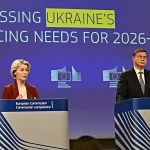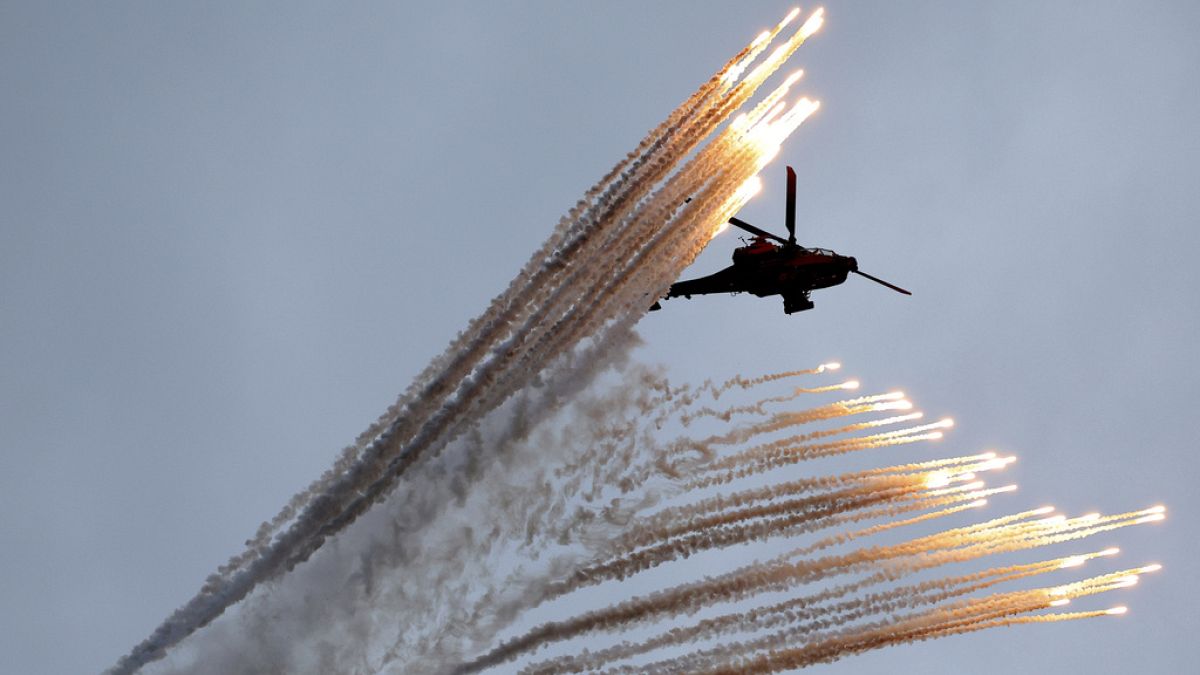South Korea recently unveiled its most powerful ballistic missile and other advanced weapons during a massive Armed Forces Day ceremony, sending a strong warning to North Korea. South Korean President Yoon Suk Yeol issued a stern message, stating that if North Korea attempts to use nuclear weapons, it will be met with a resolute and overwhelming response from South Korea and the US alliance. This comes after North Korea raised tensions by disclosing a uranium-enrichment facility and testing missiles.
During the ceremony, South Korea displayed around 340 military equipment and weapons systems, including the Hyunmoo-5 ballistic missile, which is capable of carrying a warhead that can penetrate deep into the earth and destroy underground bunkers in North Korea. The US also demonstrated its security commitment by flying a long-range B-1B bomber, while South Korea showcased its advanced fighter jets. These displays were aimed at boosting military morale and demonstrating deterrence capabilities against potential North Korean aggressions.
South Korea’s strategic command, launched on the same day, integrates the country’s conventional capabilities with US nuclear weapons, despite South Korea not possessing nuclear weapons itself. This move reflects President Yoon’s focus on strengthening the military alliance with the US and enhancing security cooperation with Japan to address North Korea’s nuclear advancements. North Korea has conducted numerous missile tests and made threats of preemptive nuclear strikes against South Korea and the US, further intensifying regional tensions.
Last month, North Korea unveiled photos of a uranium-enrichment facility for nuclear weapons, raising concerns about the country’s nuclear program. South Korean officials believe that North Korea may escalate tensions through provocative weapons tests to gain leverage in future diplomacy with the US. Experts suggest that North Korea seeks to expand its nuclear arsenal to secure significant concessions, such as sanctions relief, from the US.
In response to recent US military deployments in South Korea, North Korea’s vice defense minister, Kim Kang Il, criticized the US and threatened to strengthen North Korea’s “powerful war deterrent”, hinting at further nuclear capabilities development. He also warned of taking steps to provoke security concerns for the US mainland. Observers speculate that North Korea may test an intercontinental ballistic missile capable of reaching the US. The comments from Kim Kang Il highlight the ongoing security challenges posed by North Korea’s aggressive behavior.
In conclusion, the recent events surrounding South Korea’s military displays, warnings against North Korea, and North Korea’s threats underscore the volatile security situation on the Korean Peninsula. The strategic maneuvers and provocative actions from both sides reflect the deep-rooted tensions and power dynamics in the region. As President Yoon prioritizes a strong military alliance with the US and regional security cooperation, the need for diplomatic efforts to address North Korea’s nuclear provocations remains critical in preventing further escalation and promoting peace and stability in the region.









